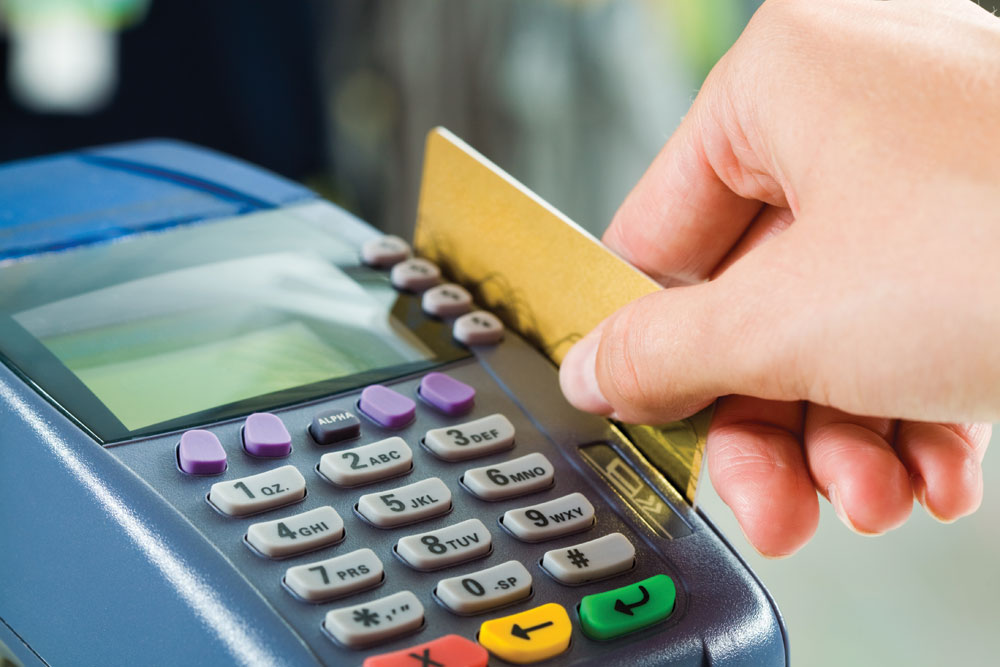Question:
Does Form 1099-K for credit card payment reporting apply to restaurants?
Answer:
Yes, and this will be very important to restaurant operators. In legalese, a payment settlement entity (PSE) must file Form 1099-K for payments made in settlement of reportable payment transactions for each calendar year. A reportable payment transaction is any payment-card or third-party-network transaction in which the PSE submits the instruction to transfer funds to the account of the participating payee.
Form 1099-K identifies the gross amount of the total reportable payment transactions for each participating restaurant with a unique merchant account number, without regard to any adjustments for credits, cash equivalents, discount amounts, fees, refunded amounts or any other amounts. The dollar amount of each transaction is determined on the date of the transaction.
Why should you be concerned about this? Beginning in 2012, the payments an S corporation receives through merchant cards (for example, VISA and MasterCard) or third-party networks (Paypal and Google Checkout) must be reported separately from other receipts. These receipts are reported on line 1a, “Merchant card and third-party payments.” The S corporation should receive a Form 1099-K showing the amount of such payments. However, a Form 1099-K may not be received for all such payments; the payer must file a Form 1099-K only when payments exceed $20,000 and the total number of transactions exceeds 200. Regardless of whether a Form 1099-K is received, all such receipts should be reported on line 1a.
What’s really important to keep in mind is that, as of tax year 2012, a restaurant owner is now required to separate sales between cash and credit card payments when reporting net sales to the IRS. Several matching issues arise during the accumulation of data for this process.
For starters, if the credit card sales reported for a restaurant’s gross income on the tax return differs from the total of all Form 1099-Ks received from these PSEs, the IRS will generate an automated notice asking for an explanation.
Restaurant operators will need to take steps to comply with the new rules. By using a point-of-sale system that captures daily credit card sales accurately, the matching process can be handled with comparative ease. You must make sure that your tax files match the amounts being reported on Form 1099-K. In addition, make sure that the PSE that handles your credit card processing has your operation’s correct address so you’ll always receive the data that the PSE reports to the government.
Additionally, for cash-based businesses, many restaurants report only credit card transactions as reportable gross income on their tax returns. But, by separating out the credit card receipts from cash receipts, the IRS is now creating data by SIC code (that is, industry classification, such as 722110 for limited-service restaurants) from all Form 1099-Ks issued and the associated tax returns received. We have been told that inquiry notices will be sent to taxpayers who deviate from an acceptable range of a percentage of credit card sales to total receipts. So, when a restaurant reports 100% of credit card sales and no cash sales, they might receive a notice from the IRS asking for an explanation!
We recommend preparing a daily reporting system that clearly identifies cash and credit card receipts so that, in the case of an audit or inquiry, these reconciliation sheets and work papers can be submitted for proof to the IRS, creating a road map on reportable gross receipts for your restaurant.
Have a question for Mike? Send it to editor@pmq.com.















